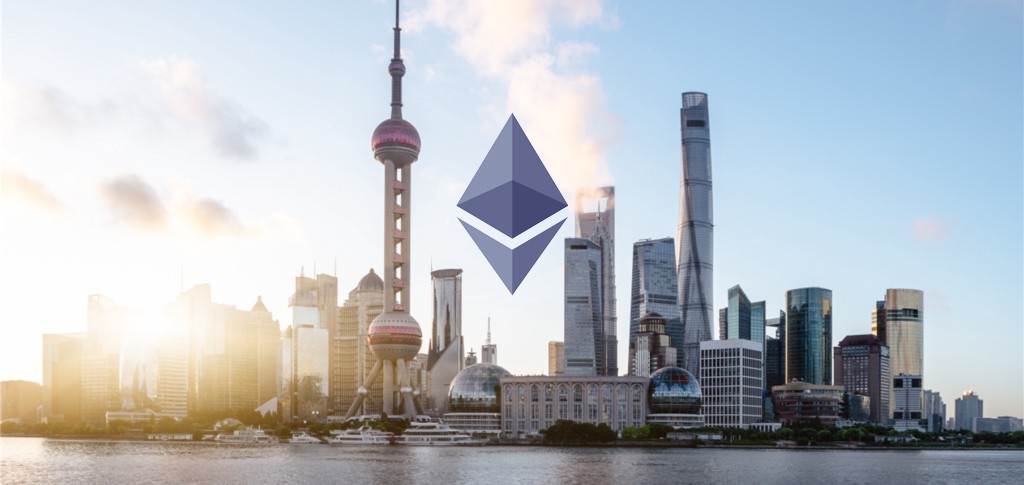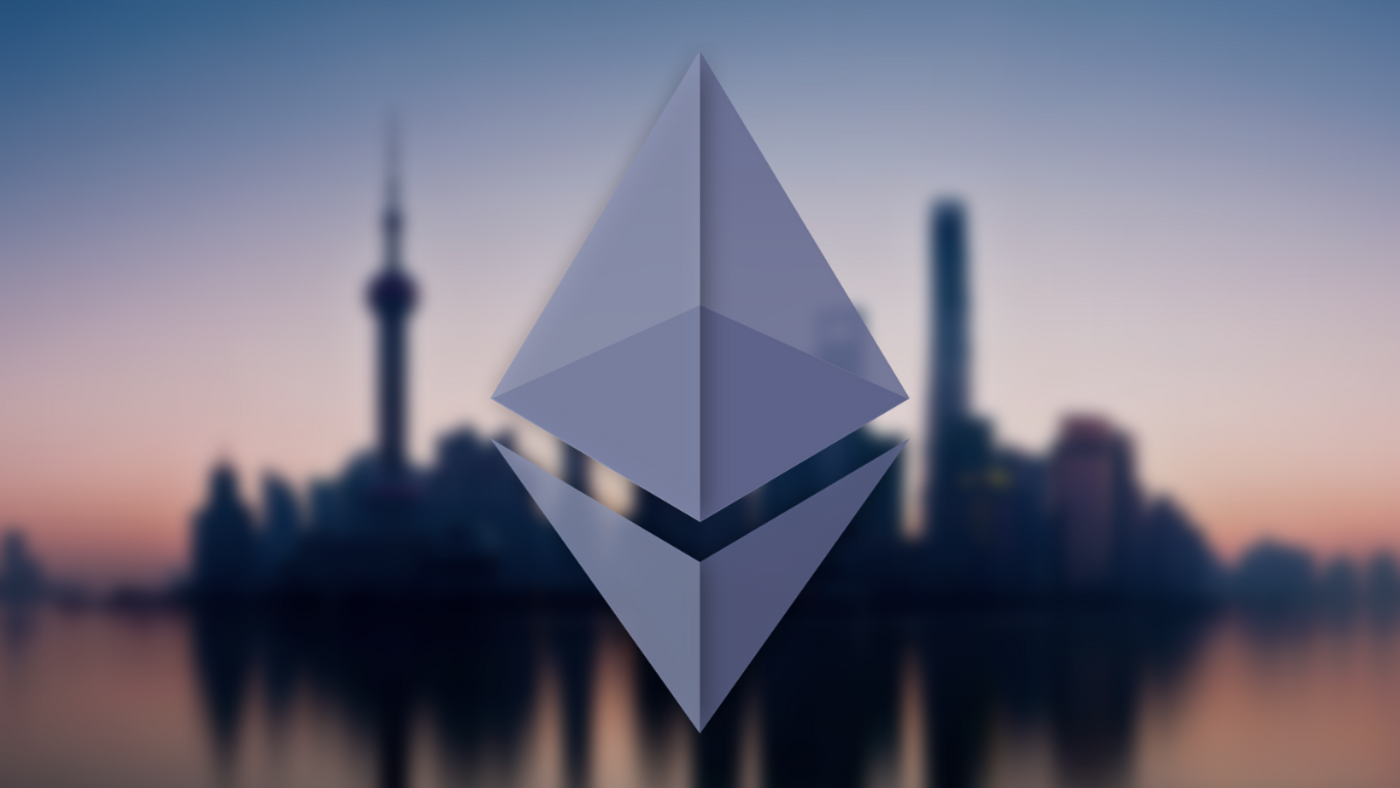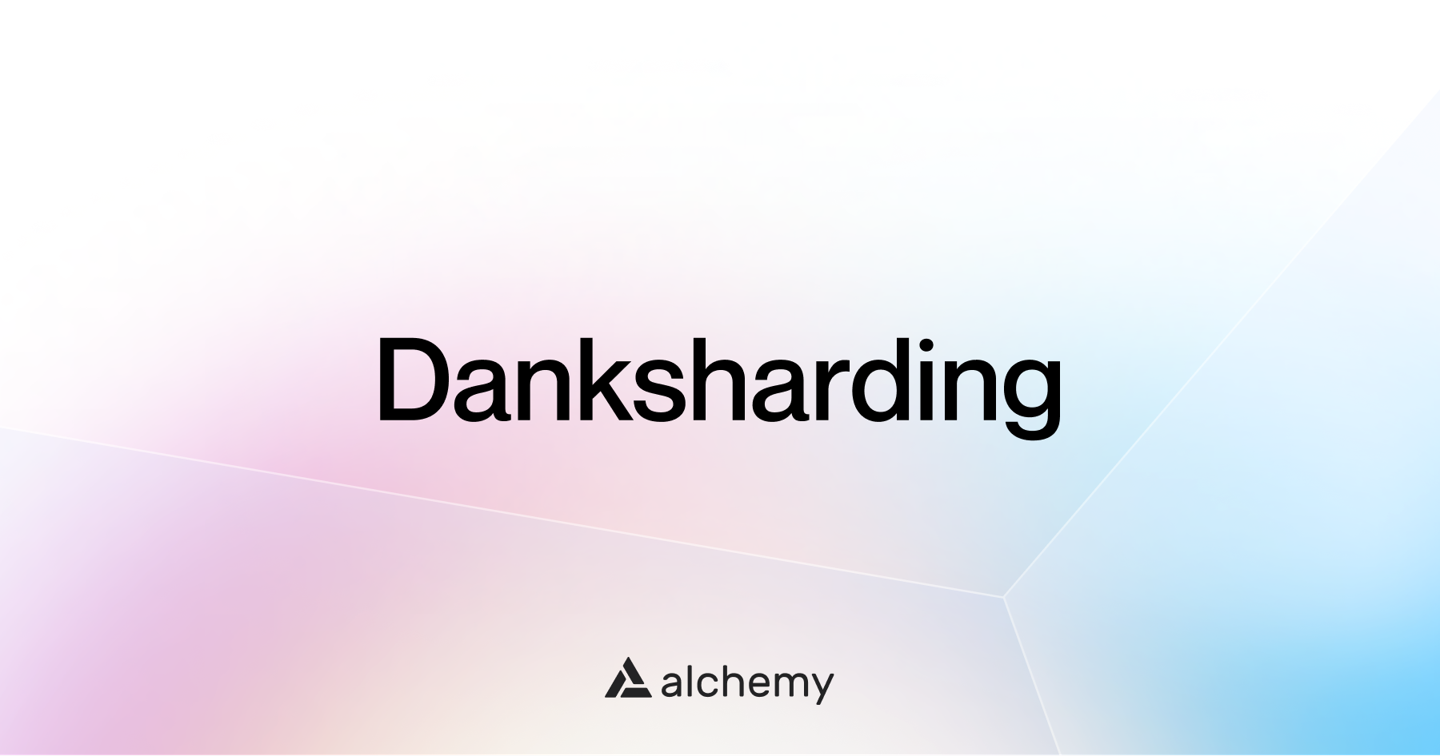What is Shanghai Upgrade? The Shanghai Upgrade is not only an important update to Ethereum’s technical roadmap but could also affect Ethereum’s price in the short term.
So what are the important updates in this Ethereum Shanghai? How it affects the network and price of Ethereum, I will present to everyone in the article below. This article will include some main ideas as follows:
- Overview of Ethereum’s development roadmap
- Important updates in Shanghai Upgrade
- Forecasting the effects of Shanghai Upgrade on Ethereum’s price in the short and long term
What is Shanghai Upgrade?
Overview of Ethereum’s Development Roadmap
Ethereum has officially transformed from Proof Of Work to Proof Of Stake after The Merge update. Ethereum itself also switched from low-level inflation to deflation mode, so remember that Bitcoin is still inflating from day to day. So after The Merge, what updates do we have ahead?
- The Surge: This update will replace the old development roadmap Sharding to EIP-4488 with the focused technology Danksharding. Integrate zkEVM from ZkSync, Scroll, Polygon,… and Rollup expansion solution with the goal of reaching 100,00 TPS in the future.
- The Verge: Supports validators to validate SNARK transaction proofs of zkRollup scaling solutions quickly and easily.
- The Scourge: Thoroughly handling issues related to MEV helps improve user experience on the network.
- The Splurge: Completed a number of other upgrades to make the Ethereum network smoother.
And the upcoming update, Shanghai Update, will be a stepping stone for the upcoming The Surge update expected to take place in 2023. And the Shanghai update is expected to take place in March. Previously, Ethereum’s development team expected Shanghai to take place in March 2023 but then it was pushed back to April 2023, 1 month later than expected.
Before the Shanghai Upgrade, Ethereum went through many notable update paths and had a certain impact on the Ethereum network. Everyone should take the time to review old updates to understand the current situation of Ethereum such as:
- What is The Merge? A Turning Point for Ethereum’s Growth: Marked Ethereum’s transition from PoW to PoS and the first time ETH went into demutualization mode.
- What is EIP 1559? Ethereum Enters a Deflationary Phase: The update significantly reduces the inflation rate on Ethereum.
Important Updates in Shanghai Upgrade

Updates The upcoming Shanghai Upgrade includes many EIPs such as EIP 4895, EIP 3860, EIP 3855, EIP 3651. We’ll start with each EIP in the Shanghai update.
EIP – 4895
With the EIP -4895 update, validators are allowed to risk staked Ethereum out of the Beacon Chain. And there will be 2 options for validators to choose from as follows:
- Withdraw 1 part: With this strategy validators can withdraw all rewards from ETH Staking to their wallets, however the initial amount of 32 ETH will still stay with BeaconChain and validators will continue their duties to the network.
- Full withdrawal: This strategy allows the validator to shut down and withdraw all of the initial 32 ETH along with the reward
EIP – 3651
Warm COINBASE: This update is related to reducing gas fees for developers on the network (note this is not Coinbase in the US).
EIP – 3855
PUSHO Introduction allows shrinking the size of smart contracts to help optimize smart contracts and reduce gas fees.
EIP – 3860
Limit & Meter Inicode allows to limit the maximum size of an initcode to 49,192 and add 2 gas for every 32 – bytes of initcode. This helps resolve all gas fees on Ethereum.
Advantages of Shanghai Upgrade
Optimize the staking experience
Previously, when you had an idle amount of ETH, you only had 2 ways as follows:
- Stake directly: You must own 32 ETH to participate in staking on Beacon Chain. Obviously 32 ETH is too large and sometimes an entire asset for most people in the market. Not only that, when participating in staking in this direction, although assets are safe, it is difficult to take preventive measures when the market is bad.
- Indirect Staking: Participating in staking on Liquidity Staking Derivatives (LSD) platforms with any amount of ETH you own helps you receive an equivalent asset that you deposit. Some popular protocols such as Rocket Pool, Lido Finance, StakeWise, Frax Finance,…
After Shanghai Upgrade, users from method 1 can switch to method 2 or vice versa. Everyone can optimize their DeFi or staking participation in accordance with the strategy they are building.
Optimize developers’ experience

With many updates such as EIP 3651, EIP 3860, it helps developers reduce costs in building protocols and developing smart contracts on the Ethereum network. From there, it is possible to invisibly reduce request fees from protocols to users in addition to network fees.
It can be said that when developers or projects benefit from reduced fees due to their activities, there is a high possibility that they will also benefit.
Disadvantages of Shanghai Upgrade
Shanghai Upgrade itself comes with many different EIPs, so there are also risks in terms of security, safety and decentralization of the network. However, based on larger updates that have been much more successful and complicated than Shanghai Upgrade, I believe Shanghai Upgrade will go smoothly.
However, there are still some risks related to the price of ETH. Remember that after The Merge event, the price of Ethereum decreased a lot, so people limited leverage orders related to ETH.
Forecasting the Effects of Shanghai Upgrade on Ethereum Prices
At around December 2020, Ethereum’s price was around $400, then Ethereum continued to grow in the next cycle. At the current price, those participating in staking also have a profit equivalent to nearly 500%. However, according to an indicator from CryptoQuant, out of a total of 13% of Ethereum being staked on the Beacon Chain, only about 3% are profitable to break even.
With only about 3%, there really isn’t too much actual pressure, just invisible pressures that investors infer among themselves. Another point of view is that people who had 32 ETH at that time was also a large number and they themselves had to extremely believe in Ethereum to dare to stake such a large amount of Ethereum into the Beacon Chain. Because at that time the stake is completed, there is no exact date to take it out. So I believe 70 – 80% but this person will continue to diamond hand.
However, the market in the short term can still have fluctuations, which is a decrease in prices mainly coming from weak hand investors. Therefore, from my perspective, this event is unlikely to affect the long-term growth cycle of Ethereum, but it also brings a positive thing that people can comfortably deposit ETH into LSDs or mainstays. Beacon Chain because somewhere Ethereum 2.0 has started on the path to success.
Ethereum’s Development Roadmap After Shanghai Upgrade
EIP 4488
EIP 4488 is an update that helps optimize data calls from Layer 2 to Layer 1, thereby reducing transaction fees on Layer 2. However, EIP 4488 also has many disadvantages such as making the Ethereum network heavier. .
Everyone can read the article What is EIP 4488? Pros & Cons of EIP 4488 On Ethereum to better understand the EIP 4488 update.
Danksharding

Getting to Danksharing is a very long road, up to several years, but we can look forward to the EIP 4844 update, also known as Proto Danksharding – which is an update to create a stepping stone and infrastructure for Danksharding.
EIP 4844 is an update that introduces a new type of data compression called Blob Data to replace Call Data, making Layer 2 networks much cheaper. Everyone can read the article What is Danksharding? All About Ethereum’s Danksharding & EIP 4844 to understand more about Danksharding and the EIP 4844 update.
Summary
Shanghai Upgrade is one of the important updates of Ethereum in the near future. Hopefully through this article everyone can really understand what Shanghai Upgrade is?


